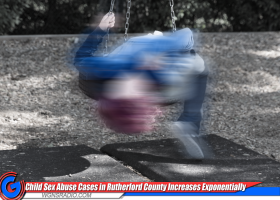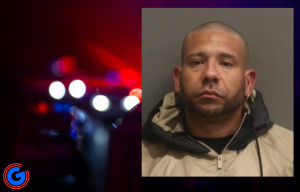Several years ago, a cable company ran the Associated Press news wire on one of its channels. It was all news, all the time, but MTSU Professor of Journalism Dr. Larry Burris says it made a lot more sense than what today passes for all news, all the time:
VERBATIM:
In case you're not familiar with how the news service worked let's take a current, real-world example, a church shooting.
The initial bulletin would come across the wire, giving what was essentially a headline. Then a different important story, followed by another important story, then an update on the shooting.
More news followed by another shooting update. In other words, the story was updated, but only as more news and information became available.
Now let's look at what passes for news coverage all too often today. We get the initial bulletin, then hours and hours of helicopter shots of the crime scene in one corner of the screen, an empty room in another corner of the screen with the caption, "Official update soon" and the on-screen anchor telling us, well, telling us absolutely nothing new.
Then they'll interview an ex-police officer or FBI agent who will admit we don't know anything new, we don't have a good count of victims, we don't know anything about the motive, and we know almost nothing about the perpetrator.
Next they will launch into speculation trying to, I think the phrase is, "connect the dots."
Probably the worst journalism, and I use the term "journalism" loosely, was when the anchor came out of a commercial break with the words, "We have breaking news," proceeded to tell us there was a shooting in Texas five hours earlier, then ran off a string of eight, and I counted, eight statements leading with some variation of "We don't know."
Real journalists give us real information, not pointless speculation. And a helicopter shot of a parking lot is not journalism.
I'm Larry Burriss.













